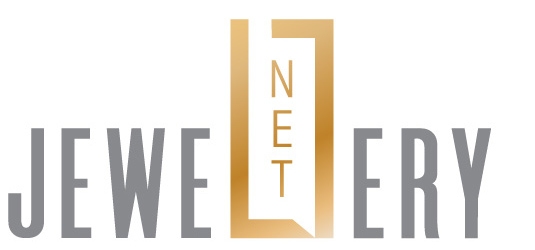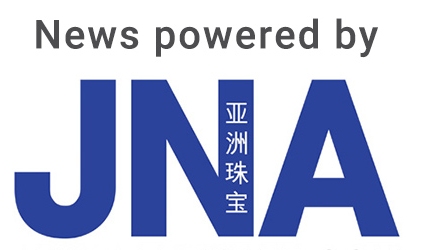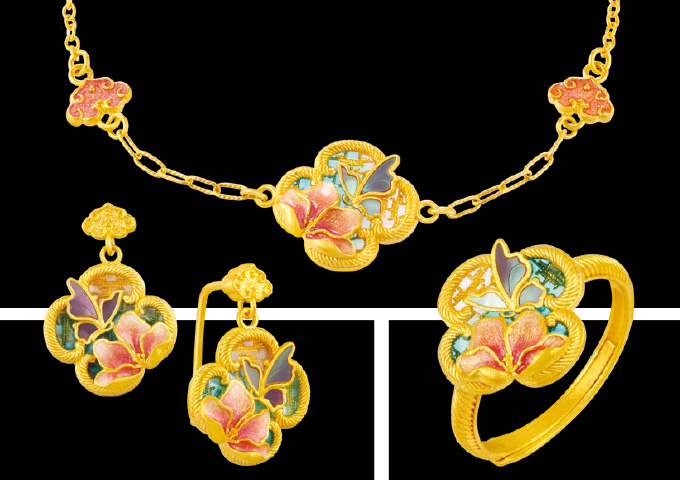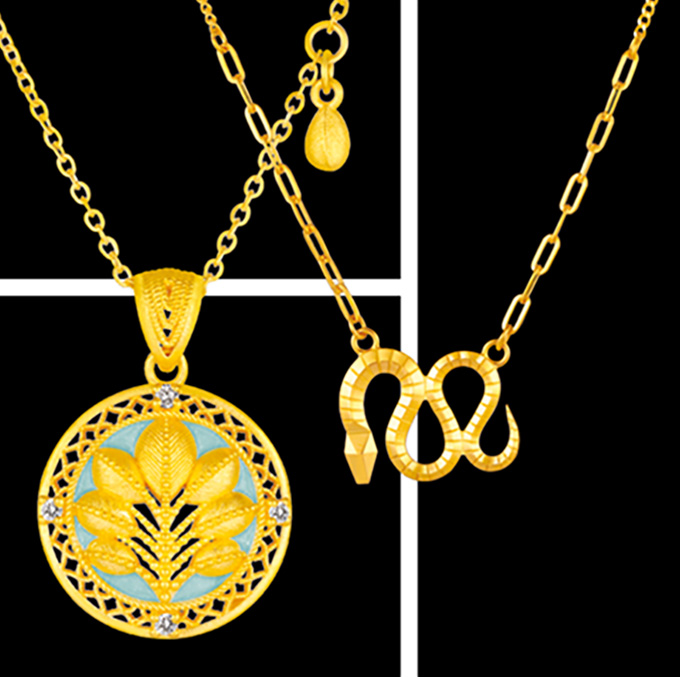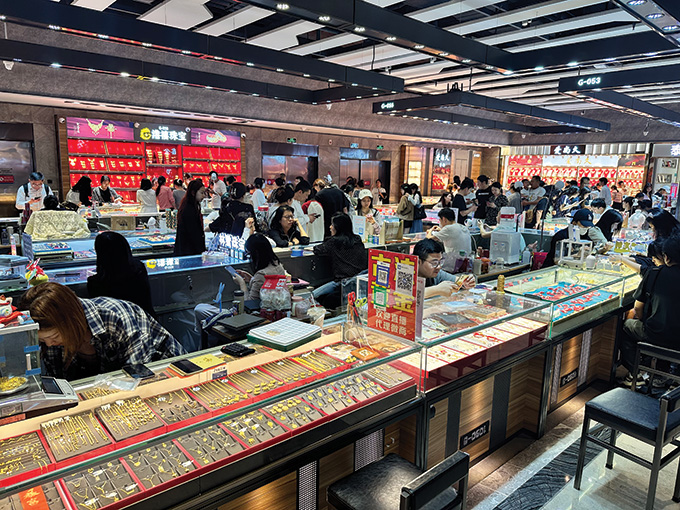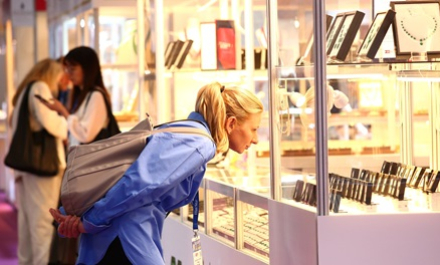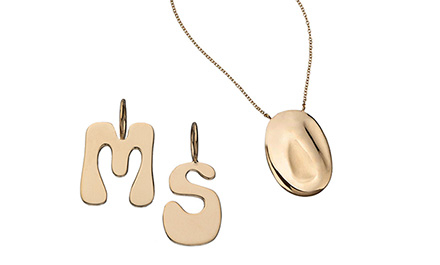China's gemstone and jewellery industry demonstrated extraordinary resilience and agility amid challenges as it positions itself for recovery and growth in the Year of the Snake.
This article first appeared in the JNA January/February 2025 issue.
After enduring a difficult year marked by economic uncertainties, high gold prices and fluctuating consumer sentiment, China’s gem and jewellery industry is poised for growth in 2025. A potential bright spot is the rise in demand for high-quality jewellery and culture-inspired designs with a modern twist.
Market landscape
Citing data from China’s National Statistics Bureau, China Gems & Jade Exchange CEO Simon Chan said gold, silver and jewellery sales recorded a decline of 3.1 per cent to RMB245.4 billion (about US$33.6 billion) from January to September 2024 compared to the same period in 2023.
“Jewellery consumption in China is changing,” said Chan. “In 2023, gold jewellery accounted for over 60 per cent of the country’s total jewellery sales. However, with the continued rise in gold prices, we expect gold consumption to have declined in 2024.”
Based on his observations of consumption trends across various categories in China's jewellery market as well as onsite business at the jewellery pavilion of the China International Import Expo in November 2024, Chan noted that gold will continue to be a top product category in 2025, although its overall market share may decrease slightly.
“The diamond sector has been adversely affected by the lab-grown diamond business. On the other hand, jadeite, jade and pearls are showing significant growth and this momentum is expected to continue in 2025,” shared Chan. “Affordable coloured gemstones are highly sought after too, while buyers are taking a more cautious approach towards high-end coloured gemstones.”
Chan said demand will most likely be strongest in the more affordable, mass-market jewellery and the luxury jewellery categories while sales of mid-priced products are projected to slow down. To address this, jewellery brands will need to improve their product segmentation by developing and designing specific jewellery pieces that cater to the needs of these two segments.
Modern designs
With self-indulgence becoming more prevalent in China, consumers are opting for jewellery pieces that allow them to express their individuality, evoke joy and hold emotional value. This is more pronounced among younger buyers. Solid demand for such designs could persist in 2025, according to China-based jewellers.
“Despite economic uncertainties, consumer demand for high-quality jewellery has not waned. With improving living standards and a growing preference for personalisation, consumers are willing to pay a premium for unique designs and quality materials,” said Ouyang Huixin, chairman of Shenzhen Guose Jewelry Co Ltd and vice president of the Shenzhen Jewellery Designers Association.
Ouyang said Guose Jewelry plans to focus on fine jewellery designs and products that integrate Chinese traditions with modern aesthetics, which align with current market trends.
Meanwhile, Chinese jewellery manufacturer and retailer Shenzhen Cuilu Jewelry Manufacture Corp Ltd is embracing a similar design concept, according to Deputy General Manager Ao Li. Consumers want exquisite craftsmanship that reflects an elegant lifestyle and affinity for Chinese culture, she noted.
Ao highlighted the success of Cuilu Jewelry’s Ziyanzaoban Collection, which features 24-karat gold jewellery with colourful enamel and diamonds created using various traditional Chinese goldsmithing techniques.
“Gold jewellery set with gemstones and diamonds or other materials is likely to sustain its momentum and become a growth driver in 2025,” said Ao.
She also sees potential in cross-industry collaborations. For instance, by partnering with tourism companies, jewellers can draw inspiration from local traditions, stories and motifs, and incorporate these elements into their designs.
“Through such collaborations, we can offer a wider selection of products while adding cultural value to the jewellery. In turn, the jewellery could resonate strongly with those seeking products that embody culture, art and fashion,” Ao remarked.
Pearls
Pearls continue to make waves in China’s jewellery sector. According to Tu Xingcai, president of the Shenzhen Pearl Industry Association and chairman of Shenzhen Matis Jewelry Co Ltd, the outlook for China’s pearl market remains bright as consumer appreciation for pearl jewellery continues to grow.
“Compared with 2023, the pearl market in 2024 was more rational. Freshwater pearl prices stabilised last year, primarily due to increased pearl production and a notable rise in supply within the market,” explained Tu.
Amid a decline in the price of pearl jewellery items like baroque and rice pearl necklaces, which gained popularity through celebrity endorsements, prices of high-quality pearls and unique items remained steady or even increased. This shows that consumers are prioritising quality and design when purchasing pearl jewellery, rather than merely following trends.
Irregular-shaped pearls and distinctive colours such as peacock green and purple are also becoming popular among consumers, he added.
“The pearl market will continue to grow in 2025, driven by affluent consumers in first- and second-tier cities and younger consumers with heightened appreciation for and understanding of pearls. The high-end pearl sector, particularly for saltwater and high-quality freshwater pearls, will sustain its upward trajectory,” Tu remarked.
Challenges and opportunities
Chan said taxes imposed on imported gemstones in China are comparatively higher compared to other international markets, leading to a lack of competitiveness for these gemstones.
Furthermore, coloured gemstone imports showed significant fluctuations in recent years, with notable increases from 2021 to 2022 followed by a substantial decline of nearly 73 per cent in 2023. Unstable imports also caused price fluctuations on the supply side, which in turn affected end-consumption.
Chan added that the China Gems & Jade Exchange is in the process of requesting a tax reduction on imported gemstones aimed at expanding the scale of coloured gemstone imports.
Gem and jewellery industry players agreed that quality and innovative products are key to successfully navigating the ever-evolving market, but they also highlighted sustainability, responsible production and operation, online marketing, and expansion to international markets as critical to successful business strategies.
